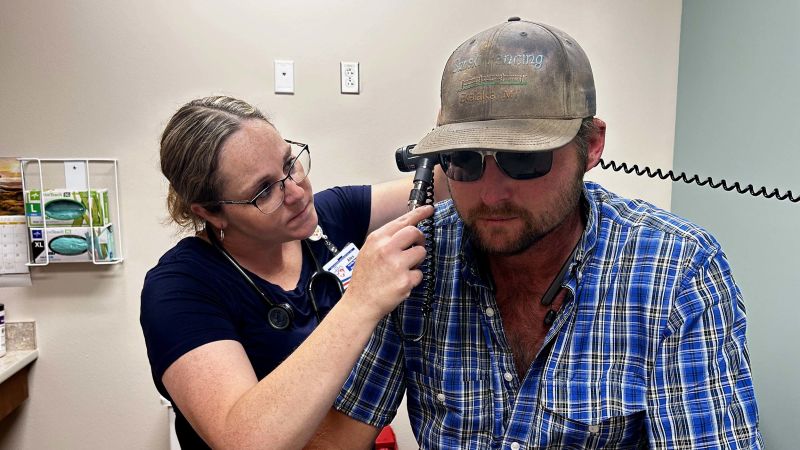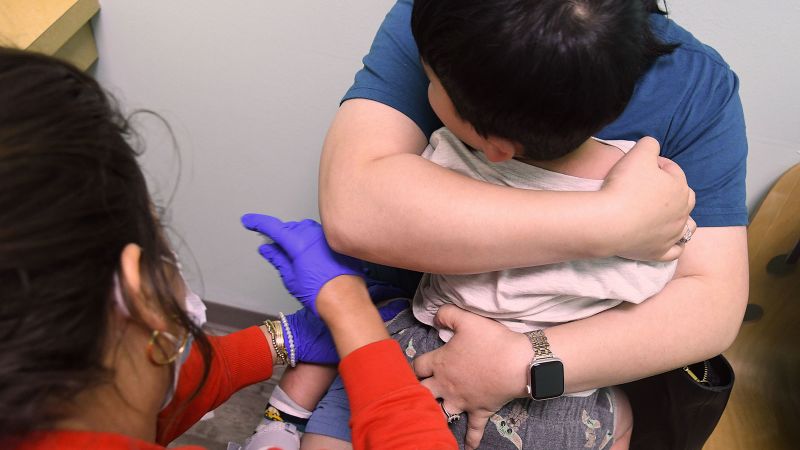
Impact of Policy Changes on Rural Health Clinics
Politics | 9/22/2025
In the aftermath of President Donald Trump signing a sweeping policy bill into law, the impact is being felt in rural areas as health clinics begin to close. A Virginia healthcare company recently announced the closure of three rural clinics situated around the Shenandoah Mountains, citing the implications of the new legislation. The closures are part of a concerning trend affecting small communities with limited access to healthcare services.
The closures signal a growing challenge for rural populations already struggling with healthcare access. A healthcare provider emphasized the difficulty of sustaining operations in remote regions, stating, “The financial strain imposed by recent policy changes has made it increasingly unsustainable to keep these clinics operational.” This development underscores the broader implications of policy decisions on the ground level of healthcare provision.
The closures highlight the delicate balance between implementing policy changes and ensuring continued access to essential services for underserved communities. As rural clinics face financial pressures and regulatory shifts, residents in remote areas encounter heightened barriers to healthcare. The situation raises questions about the long-term viability of healthcare delivery in rural America.
Experts warn that the closure of rural health clinics could exacerbate existing health disparities and widen the urban-rural healthcare divide. “The closure of rural clinics not only impacts immediate access to care but also has long-term repercussions on the overall health outcomes of rural residents,” noted a healthcare analyst. As these closures unfold, the conversation around healthcare access and policy implications for rural communities gains urgency.
The closures of these rural clinics bring into focus the complex interplay between policy decisions at the national level and their tangible effects on local healthcare infrastructure. With rural populations disproportionately affected by these closures, the need for sustainable solutions to address healthcare disparities in underserved regions becomes increasingly apparent.


